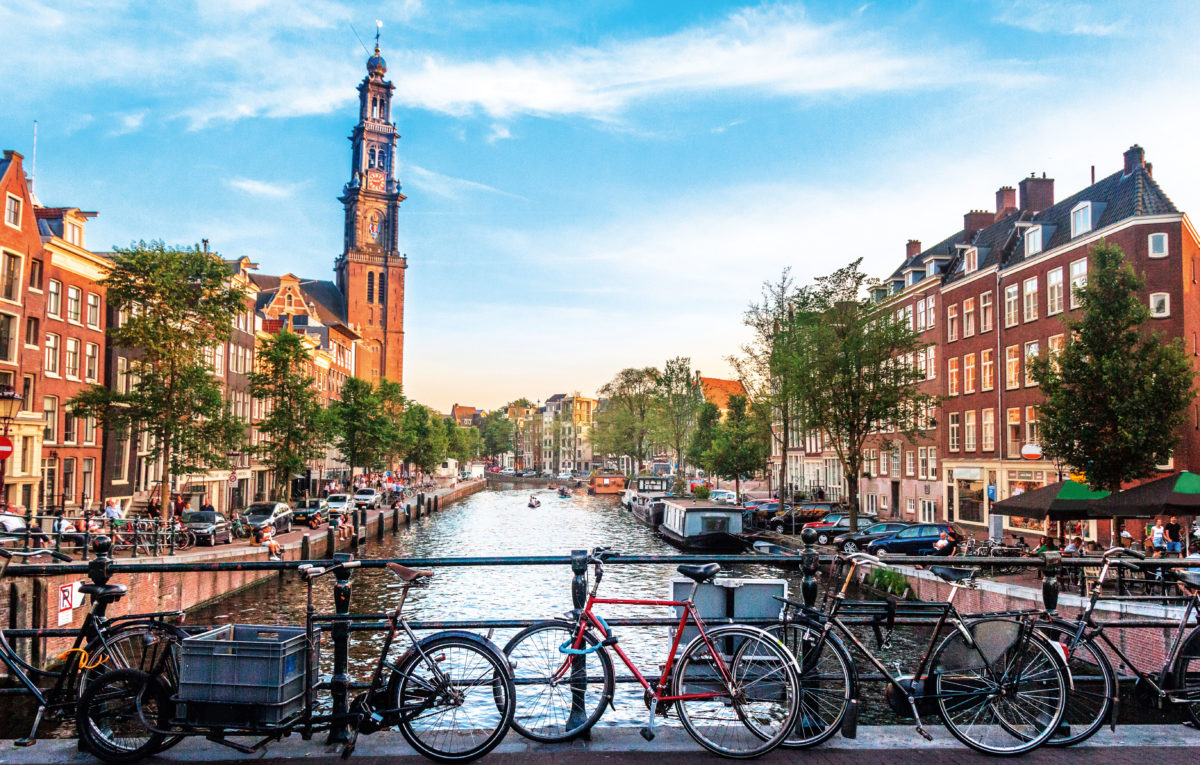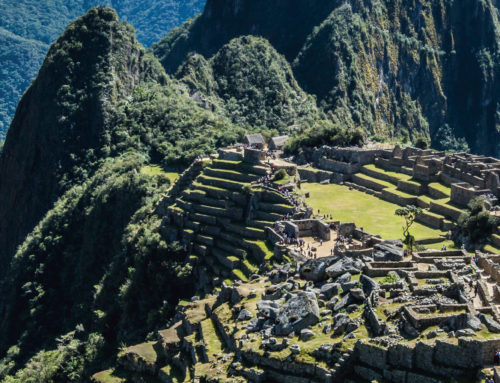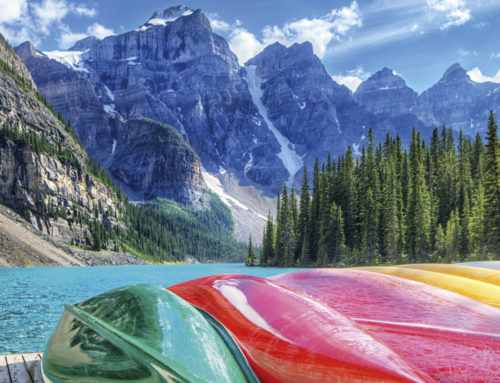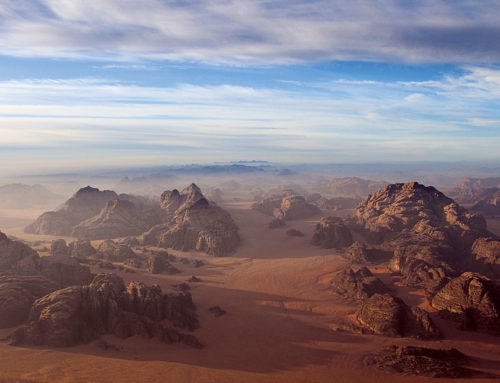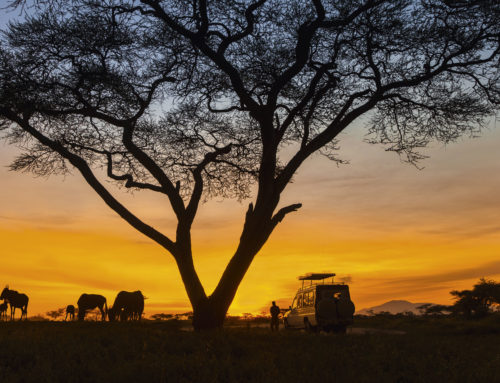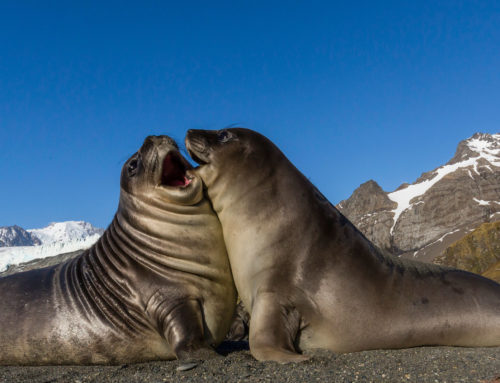Whether you’re keen to emulate the Tour de France riders by zipping up and down Alpine roads, or content to pootle down French lanes, stopping to sip Normandy cider and eat slabs of salted butter on crusty bread, cycling adventure holidays — like hiking trips — can swing from the exhilarating to the sedate, but all benefit from careful planning.
Before going
Decide first whether group or individual travel is what’s required. Ben Roseveare, activities director at Bspoke Tours says: “A relaxed self-guided cycling tour in the wine regions of France or Italy can be the perfect holiday for a couple or small group of friends. You set your own pace, you decide how soon after breakfast to set off, where to stop for coffee and lunch, and how long to spend at the chateaux and vineyards en-route.”
A small group cycling holiday can be a great way to meet new people and make friends. “There’ll be a lively and fun atmosphere for evening dinners, as you’ll join a group of eight to 16 like-minded people. All you have to think about is the pedalling and enjoying yourself.”
You’ll need to assess your fitness level beforehand too, and it makes sense to do a few bike rides prior to booking a long holiday. Saddle soreness can be tricky, and it’s definitely worth making sure knees are up to it before buying flights. Padded cycling shorts are an absolute must; they make cycling longer distances more tolerable and help with chafing.
Jakob Sternbach, of FUNActive tours, says it’s important to “make sure all participants in a group are on the same fitness level, to avoid disappointment.”
Trek Travel travel agent representative Lindsay Juley emphasises the importance of assessing one’s fitness levels when choosing the right trip. “We ask our guests to rank themselves on our rider level scale of one to four, with one being leisure level, and four being avid. We also offer two to three different riding options each day. This way, there’s flexibility depending on how the guest is feeling each day.”
Even those who aren’t particularly accomplished on a bike don’t have to forego a cycling trip. Juley says Trek Travel offers e-bikes as an option on most trips, which give a boost when riding uphill.
When it comes to packing, cyclists don’t need much. Jehiel Boner, digital community manager at Tripsite, says: “We often tell our clients to take as little cotton as possible — cotton is heavy, absorbs odours, and takes too long to dry. You can find some very stylish activewear nowadays.”
He adds: “We advise using separate sealable bags for outfits — as long as you take some care to roll your clothes, they come out wrinkle-free without unpacking the whole suitcase.”
On the trip
Taking care of the bike should be high priority. It’s not the tour operator’s responsibility to ensure bikes don’t get damaged. Remember that ultimately, hirers are responsible for any bike hired too. For those who want to ship their own bikes, consider the importance of packing and repacking the bike in its box. Bikes can be damaged in the plane’s hold, so ensure that the bike is packed down correctly for the journey back.
For those biking in high altitudes — for example, in Patagonia or the Alps, make sure time is factored in to adjust. Annelies Hamerlinck, executive director of Vamos Expeditions, says: “I recommend people who want to book hiking or biking activities in mountain areas to make sure there is enough time to acclimatise to the altitude.”
Flexibility is key, says FUNactive’s Jakob Sternbach “Weather and roadworks can force you to change plans — roll with it.” He’s got good advice for those travelling with family, too. “Go for a tour with one base hotel, and a new round trip every day,” says Sternbach. “This kind of tour is easier, and good if you have kids — you can also just skip a day if you don’t feel like cycling.” Another option is an organised tour from A to B with a new hotel every day. “The advantages are that you see many places in one big trip, and luggage transfers are all organised. It’s not
as flexible, though, as hotels will already have
been booked.”

